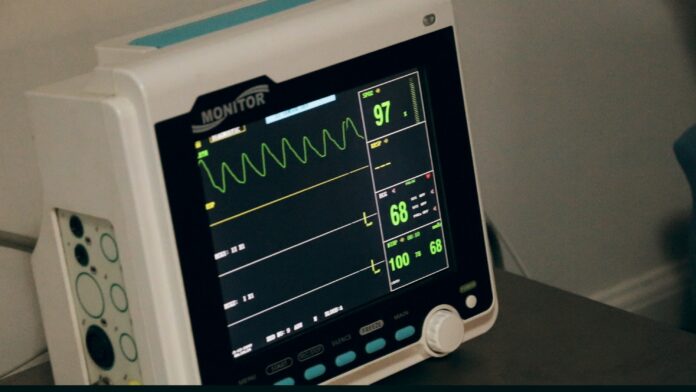TechFW client Trémedics Medical Devices’ prenatal stent has received FDA Breakthrough Device designation. The milestone is granted to novel medical devices that have the potential to provide more effective treatment or diagnosis of life-threatening or irreversibly debilitating diseases or conditions. The stent is the first approved for treatment of aortic coarctation (narrowing) for infants and children to age 14.
Trémedics founder and CEO Tre Welch said the idea for the stent began during dissertation research in 2005. Years of testing and refinement led to a resorble stent — one that gradually breaks down — that showed comparable strength to metal stents. In animal trials, the stent showed long-term biocompatibility and degraded fully, allowing subsequent vessel growth.
“This milestone will provide the momentum that Trémedics needs to carry into the next phases of development. The recognition and designation from the FDA on the potential effectiveness of Illusicor is the validation all entrepreneurs and inventors strive to receive, a key accomplishment on the path for medical devices.” Welch said.
Currently, metal stents are implanted into young children, but require follow-up revascularization procedures to force these stents to grow with the patients. The Trémedics Illusicor is a polymer-based stent that is implanted into narrowed aortas (large arteries leaving the heart) to treat congenital heart disease by a minimally invasive procedure. This stent eventually re-absorbs, leaving native tissue and potentially eliminating the need for these follow-up revascularization procedures.
Illusicor re-opens and supports arterial blood vessels that have narrowed because of heart disease, thereby restoring normal blood flow. These stents are easily scalable to larger diameters required to treat bigger arterial vessels like the aorta in children.
Illusicor reduces the need for repeated hospitalization and for long-term follow-up. It is suitable for patients who have not responded to other therapies. For pediatric patients and the healthcare community, a stent that degrades is highly desired:
- Children do not have a permanent implant in their body.
- They are not on long-term drug regiments for the implant.
- The stent, once expanded, has shown comparable radial strength to metal stents.
- The stent can be used with magnetic resonance imaging (MRI); therefore, it will not need other radiation imaging techniques, such as Fluoroscopic Imaging.
- Once Illusicor is resorbed, there are no limitations on the surgical or catheterization treatment options available to a patient.






